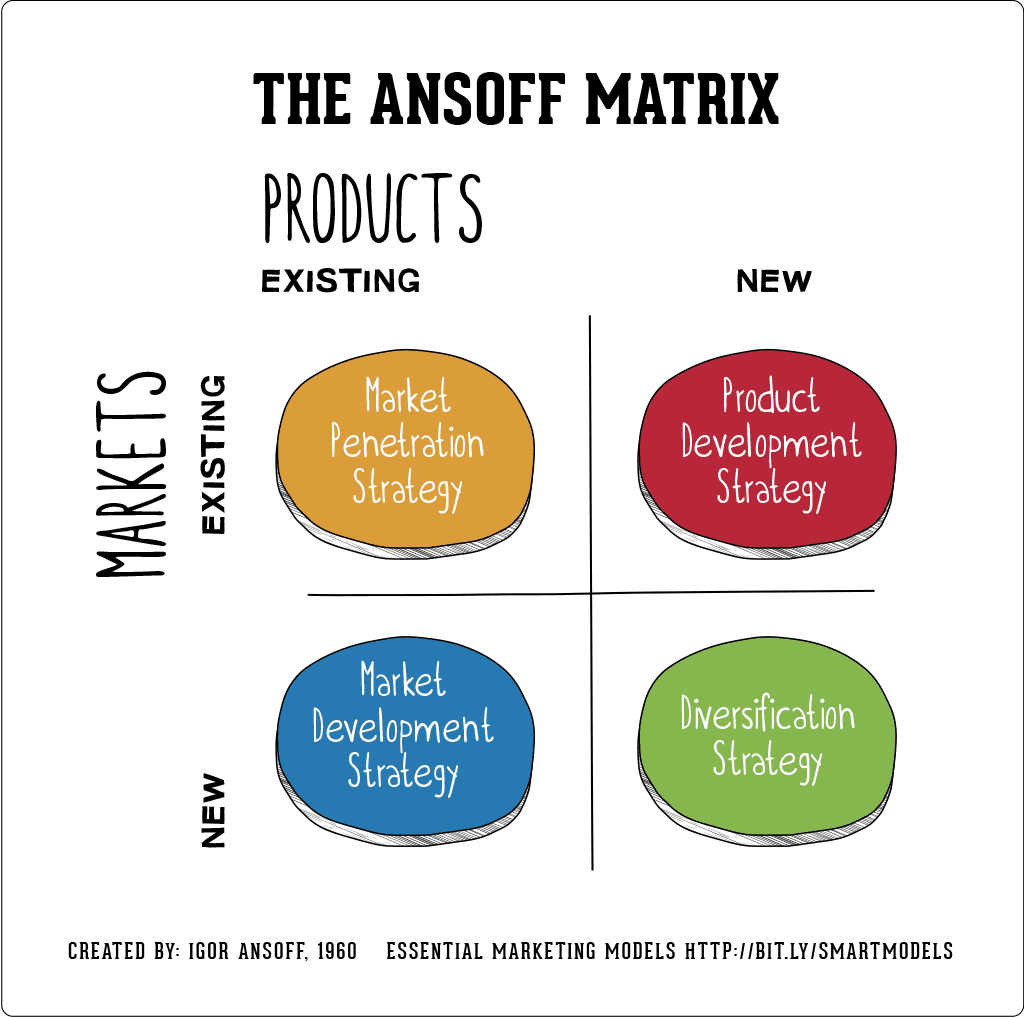Turns out bigger is not always better when it comes to distribution.
But not surprisingly warehouse space is on the rise. It's no secret covid has decimated the office space marketplace, retail and office space are in a nose dive.
And smaller more manageable warehouse look to be the future. with more space available at lower prices.
Now might be the right time to lock in a lease on some warehouse space.
Most of our blog posts look at what the larger distributors are doing and try to adapt the concepts to small and medium sized business. But for this week a surprising trend is emerging..
The E-Commerce Supply chain is driving demand for smaller, Urban Distribution Centers.
In today's world of e-commerce distribution, speed and mobility are key. Just like how any customer who orders a widget from Amazon.com expects it to be on their doorstep two days later or less, businesses ordering commercial products now expect the same speedy service from distributors.
As the pace of B2B continues to transform distribution trends, it appears one of them is in the distribution centers themselves. New data from real estate firm CBRE Inc. shows that demand for industrial facilities under 100,000 square feet in urban areas is on the rise.
Traditionally, large distribution centers have been located in suburbs and small towns, where property and labor are cheaper than large cities. But with end users growing more reliant on 1-2 day, or even same-day delivery, distributors and retailers have had to find ways of moving products to them faster.
David Egan, CBRE’s head of U.S. industrial research, told the Wall Street Journal, “You need to expand and make your supply chain much more complex if you want to be able to promise and deliver on that same-hour, same-day or overnight delivery everyone is coming to expect.”
One of those growing ways retailers/distributors are moving products, CBRE has found, is by snatching up smaller distribution facilities in urban "light industrial space," keeping their logistics network mobile, and perhaps cheaper.
These facilities are often in older industrial buildings where location is the big factor instead of a priority on the latest, greatest machinery found in large warehouses. CBRE's research found that such urban light industrial property has more availability than the increasingly tight market for large industrial facilities, and for relatively reasonable rents.
CBRE reported that industrial real estate demand has pushed rents to near pre-recession levels, growing by 1.3 percent in Q2 2015 and nearly 3 percent so far this year. The firm expects 3.2 percent of additional growth through the end of 2015, which would bring rents to within 4 percent of the previous cycle high.
CBRE analyzed 44 neighborhoods prone to probable online shoppers across 14 major metropolitan areas and, according to the report, found that Atlanta, Boston, Chicago and Philadelphia offer ample access to both e-commerce customers and light industrial space choices.

The practice of adding smaller, urban distribution centers certainly suits retailers of consumer products, but what about distributors of other industrial or healthcare products?
Population centers may be more for the retail crowd, but what CBRE's research shows is that distribution centers can have a place there too, even if it's in smaller pieces than massive warehouses. Using smaller, urban DCs could be effective for stocking your most popular B2B products instead of feeling a need to include absolutely everything in your product catalog at every location. The traditional single warehouse or JIT Model is changing. If you have the product closer to or at your customers IE a Stockroom at a customer and treat is as a mini warehouse.
You can take advantage of the same concepts.
Consumer retailers have begun using crowdsourced delivery services such as Deliv, or even Uber-like rideshare services , Amazon is testing a new delivery service called Amazon Flex that allow ordinary citizens to drive packages to destinations. Those services go hand-in-hand with brick-and-mortar retail stores in population centers. But most those packages are delivered to an individual person, whereas B2B orders are going to other businesses. We have yet to see any many distributors jump on the bandwagon of those delivery services, but that's not to say it won't eventually happen. Especially for those who run their own delivery fleet now.

But here is an interesting concept, many distributors operate stockrooms and offsite customer owned inventory locations today.
Rather then viewing those as endpoints in your supply chain, change the view to a more 360 degree view and understand they can be satellite warehouses providing the right amount of inventory at the right location at the right time.
How many doctors offices would crowdsource and deliver for you?
If you have a medical center with thirty offices in a building, and half of them can hold some extra inventory, by using an effective inventory management and shipping solution ( Like MDS-Nx ) you can create those warehouses and get customers the products they need just like amazon.
For more information on TSH or MDS call The Systems House, Inc. at 1-800- MDS-5556. Or send a message to sales@tshinc.com Click here and tell us how we can help you with your business solutions.







